FSP Hydro X 450 Power Supply Review
After the Hydro G series, FSP decided to release a more affordable power supply called the Hydro X, which targets systems with lower energy needs. This PSU line consists of three units, and in this review we're testing the entry-level 450W model.
Why you can trust Tom's Hardware
Ripple Measurements
To learn how we measure ripple, please click here.
The following table includes the ripple levels we measured on the Hydro X 450's rails. The limits, according to the ATX specification, are 120mV (+12V) and 50mV (5V, 3.3V and 5VSB).
| Test | 12V | 5V | 3.3V | 5VSB | Pass/Fail |
|---|---|---|---|---|---|
| 10% Load | 36.7mV | 9.2mV | 7.8mV | 13.2mV | Pass |
| 20% Load | 31.3mV | 8.9mV | 7.9mV | 16.1mV | Pass |
| 30% Load | 26.9mV | 11.5mV | 8.9mV | 18.5mV | Pass |
| 40% Load | 30.6mV | 11.1mV | 9.0mV | 19.3mV | Pass |
| 50% Load | 33.1mV | 11.4mV | 8.7mV | 20.5mV | Pass |
| 60% Load | 34.5mV | 12.8mV | 9.3mV | 23.5mV | Pass |
| 70% Load | 32.6mV | 14.8mV | 9.3mV | 23.6mV | Pass |
| 80% Load | 36.0mV | 15.9mV | 10.0mV | 26.9mV | Pass |
| 90% Load | 38.6mV | 15.5mV | 11.1mV | 28.9mV | Pass |
| 100% Load | 44.0mV | 17.8mV | 11.9mV | 29.1mV | Pass |
| 110% Load | 47.0mV | 18.4mV | 12.1mV | 30.6mV | Pass |
| Cross-Load 1 | 35.4mV | 13.0mV | 10.1mV | 12.1mV | Pass |
| Cross-Load 2 | 38.5mV | 15.5mV | 10.7mV | 20.2mV | Pass |
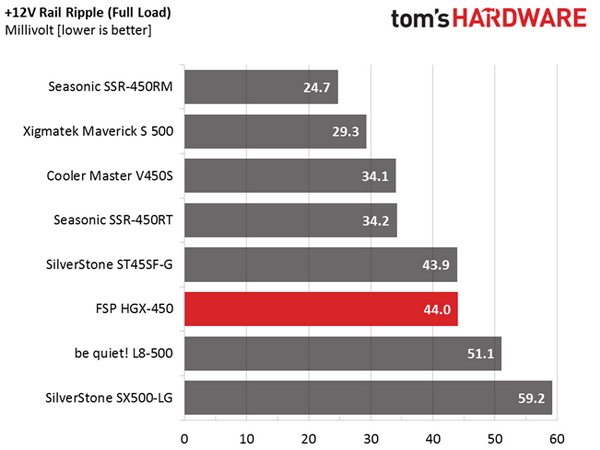
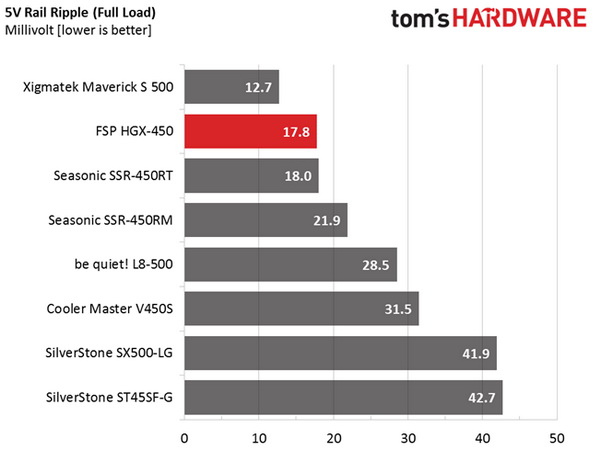
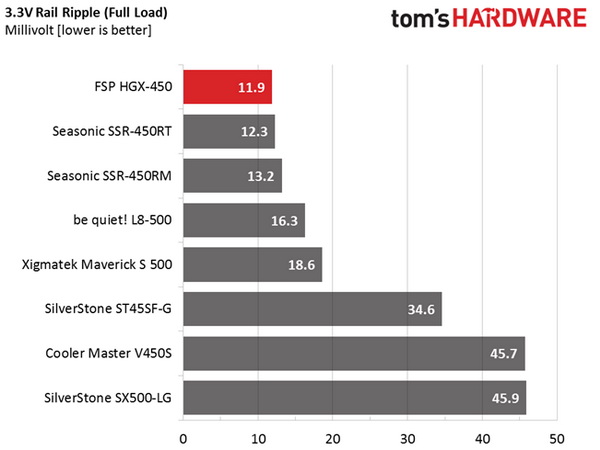
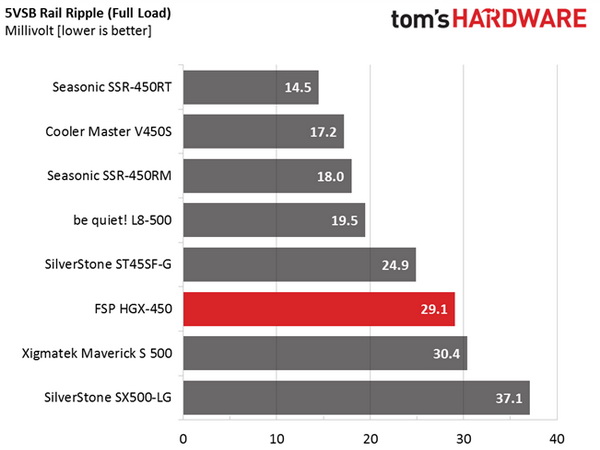
Ripple suppression is satisfactory on the +12V rail and good on the minor rails (5V and 3.3V). At 5VSB, ripple is a little higher compared to the other rails. But it's still much lower than the corresponding limit. Moreover, this rail just isn't that important. As long as its ripple doesn't exceed 50mV, you have nothing to worry about.
In general, the HGX450 demonstrates good ripple performance. And thanks to its Japanese electrolytic caps, this performance should remain at the same levels on the long run. PSUs with lower-quality caps, even if they offer high performance initially, age more quickly, causing performance to take a hit over time.
Ripple Oscilloscope Screenshots
The following oscilloscope screenshots illustrate the AC ripple and noise registered on the main rails (+12V, 5V, 3.3V and 5VSB). The bigger the fluctuations on the screen, the bigger the ripple/noise. We set 0.01V/Div (each vertical division/box equals 0.01V) as the standard for all measurements.
Ripple At Full Load

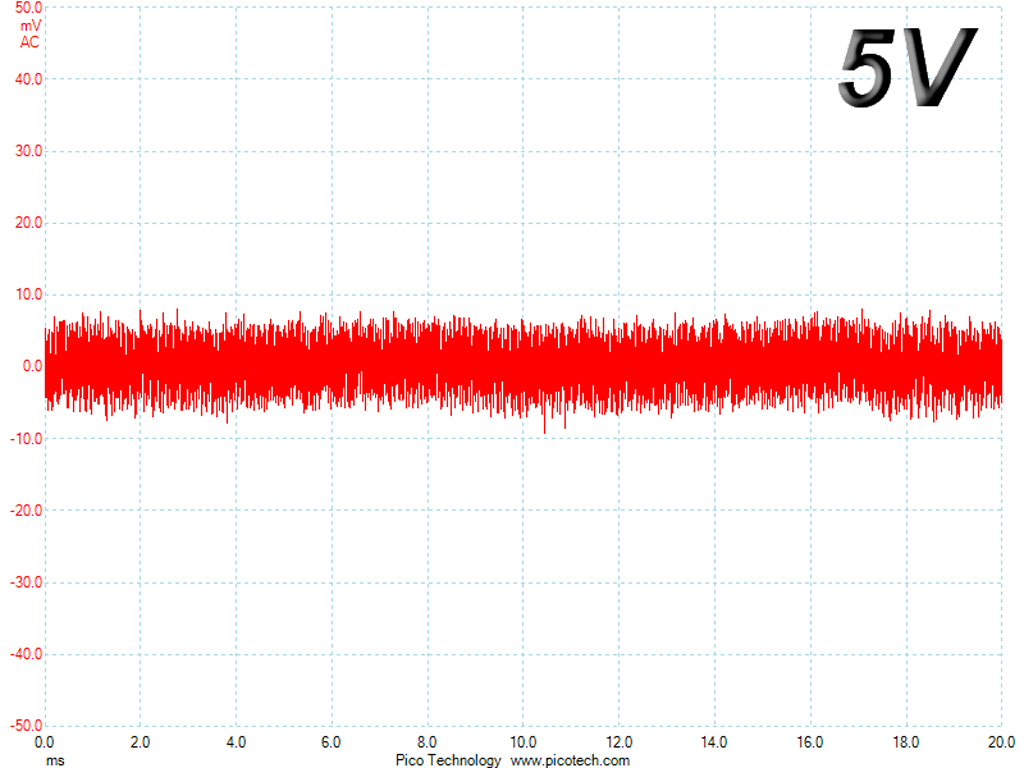
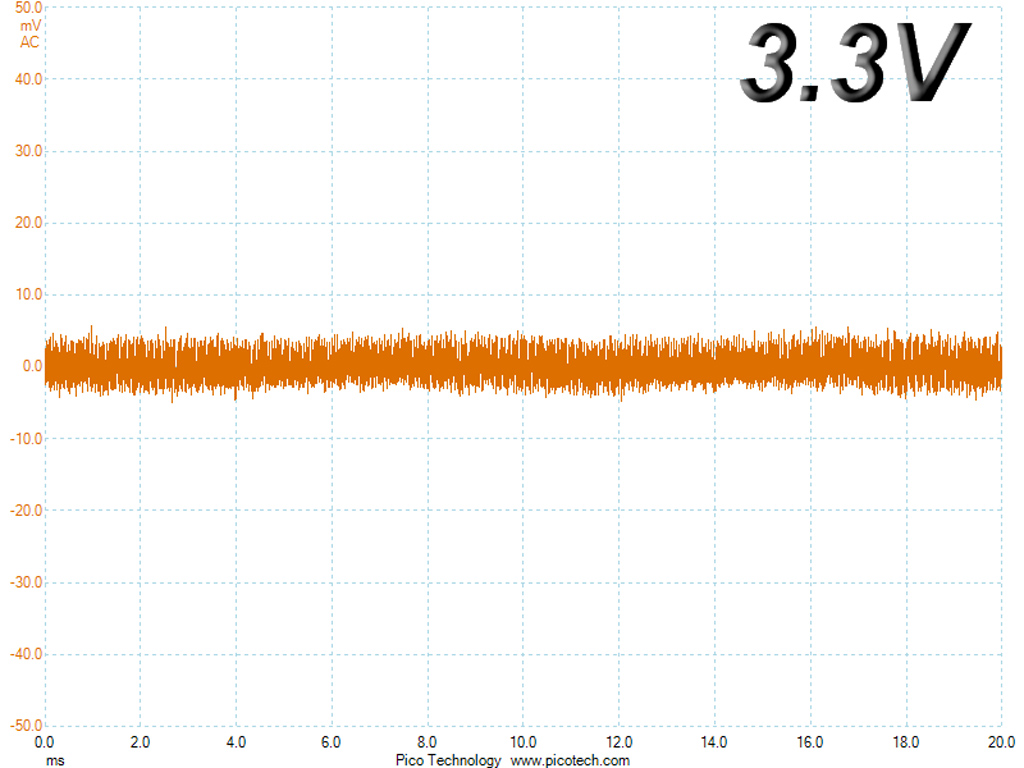
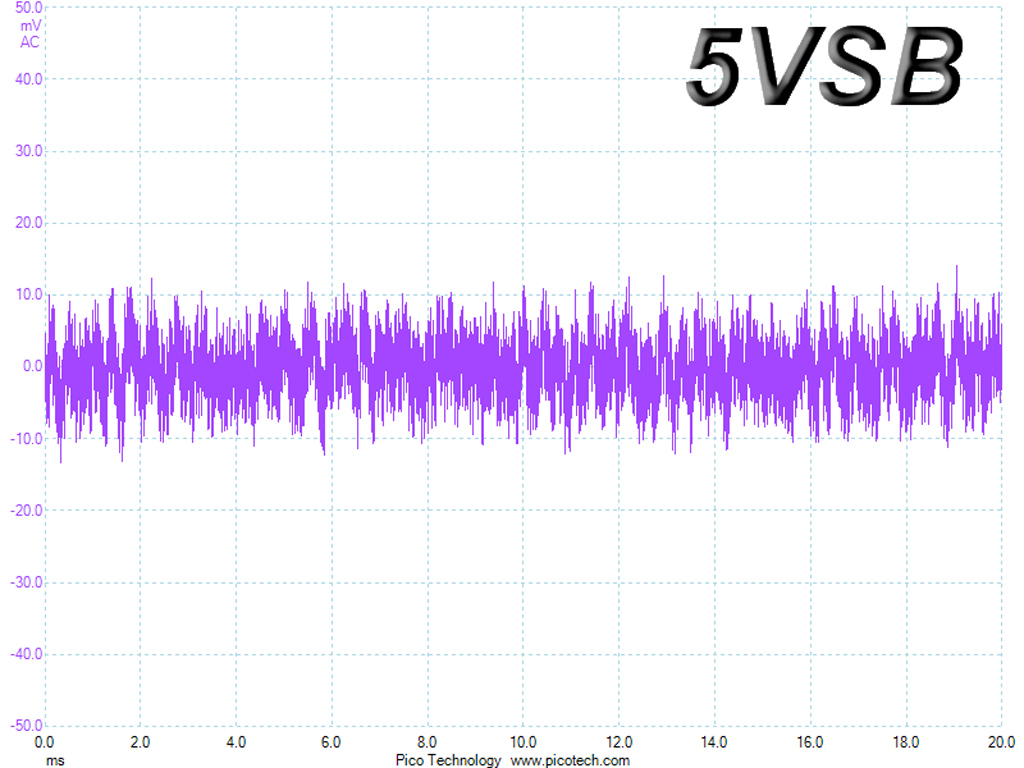
Ripple At 110-Percent Load

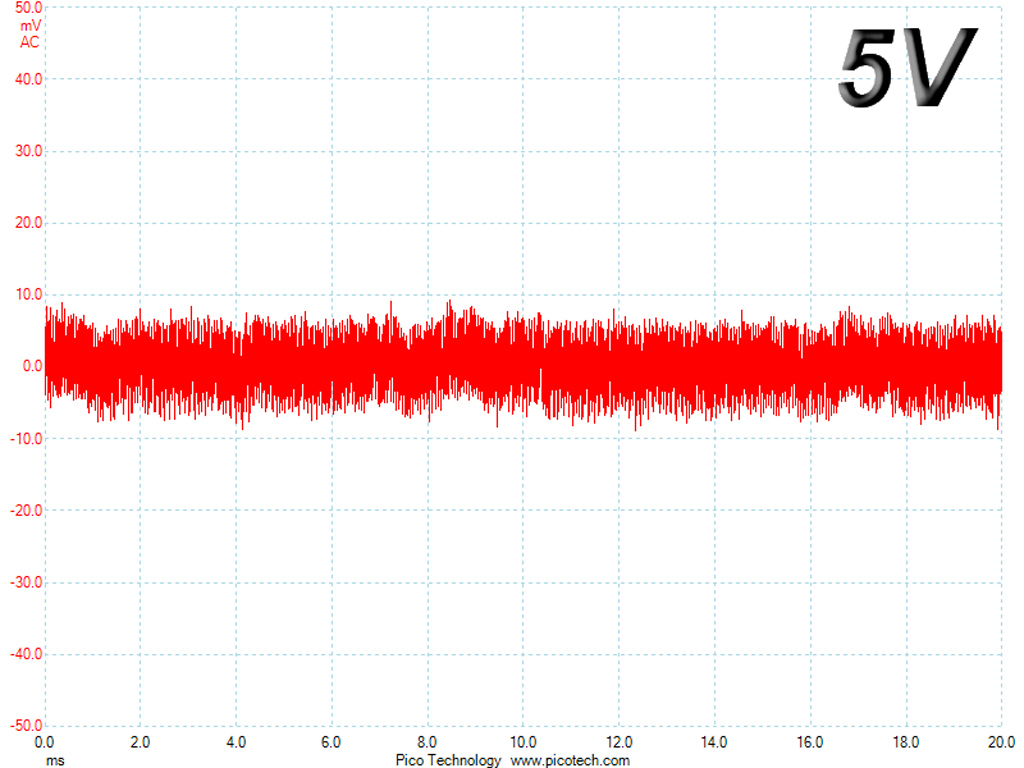
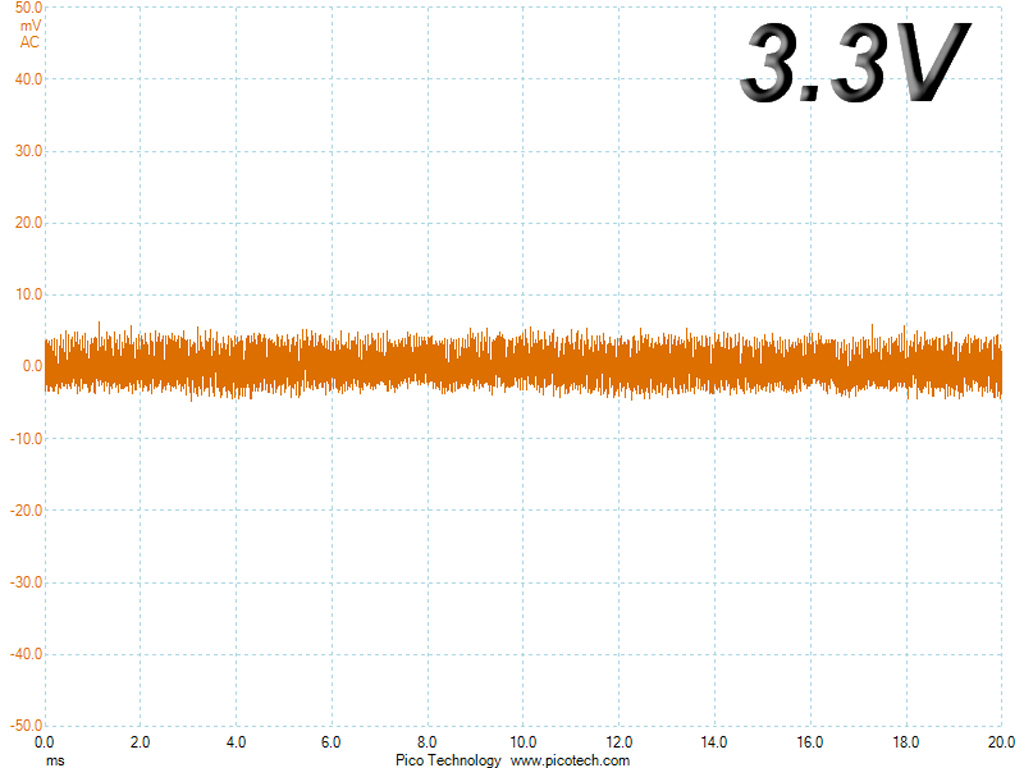
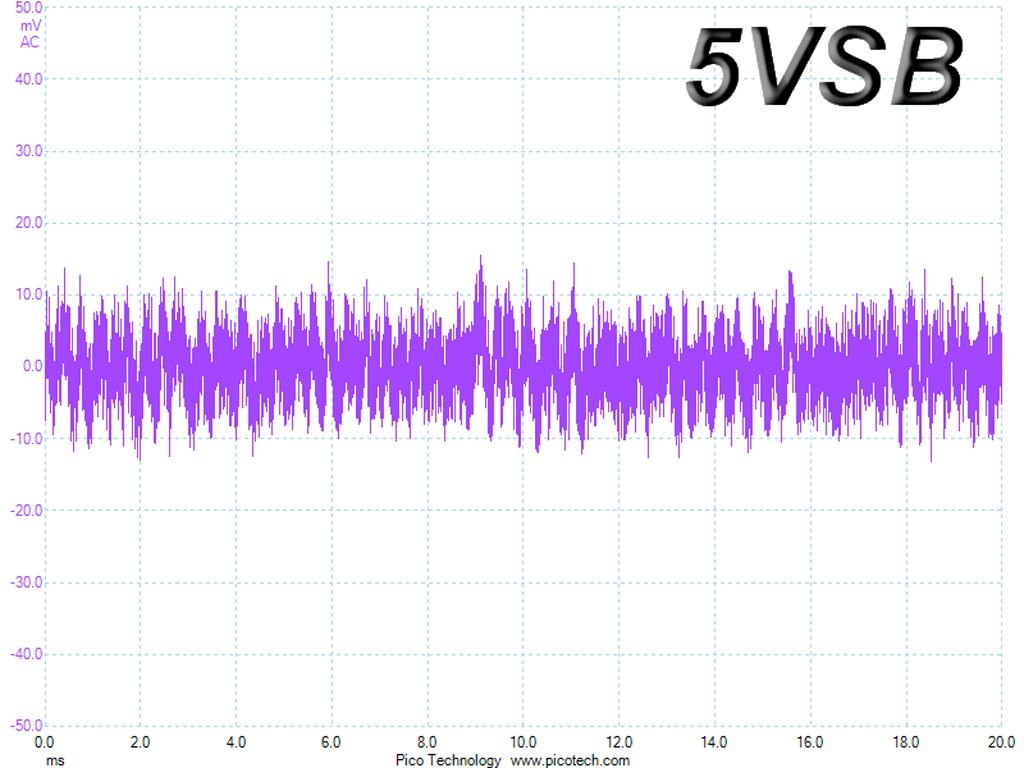
Ripple At Cross-Load 1

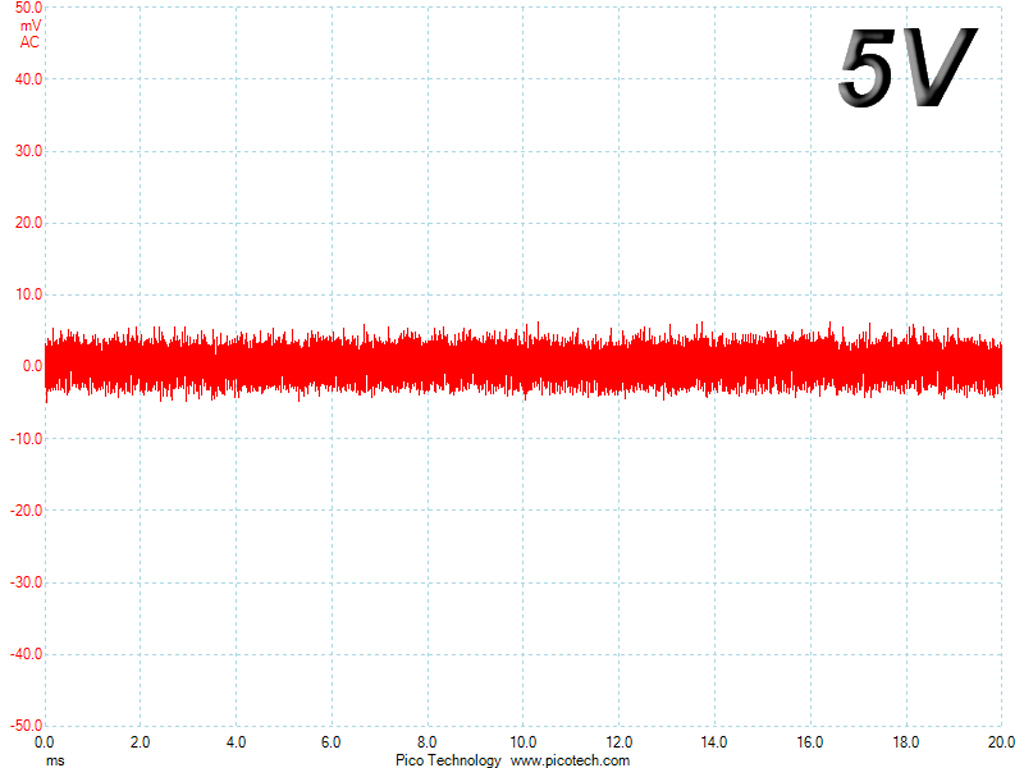
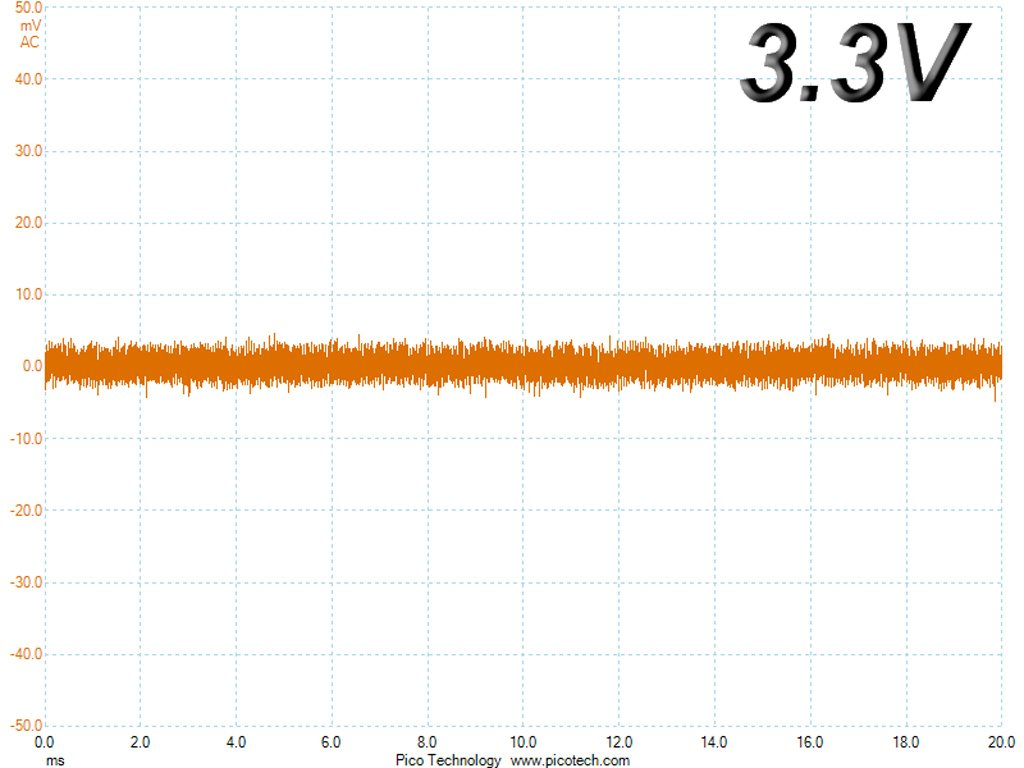
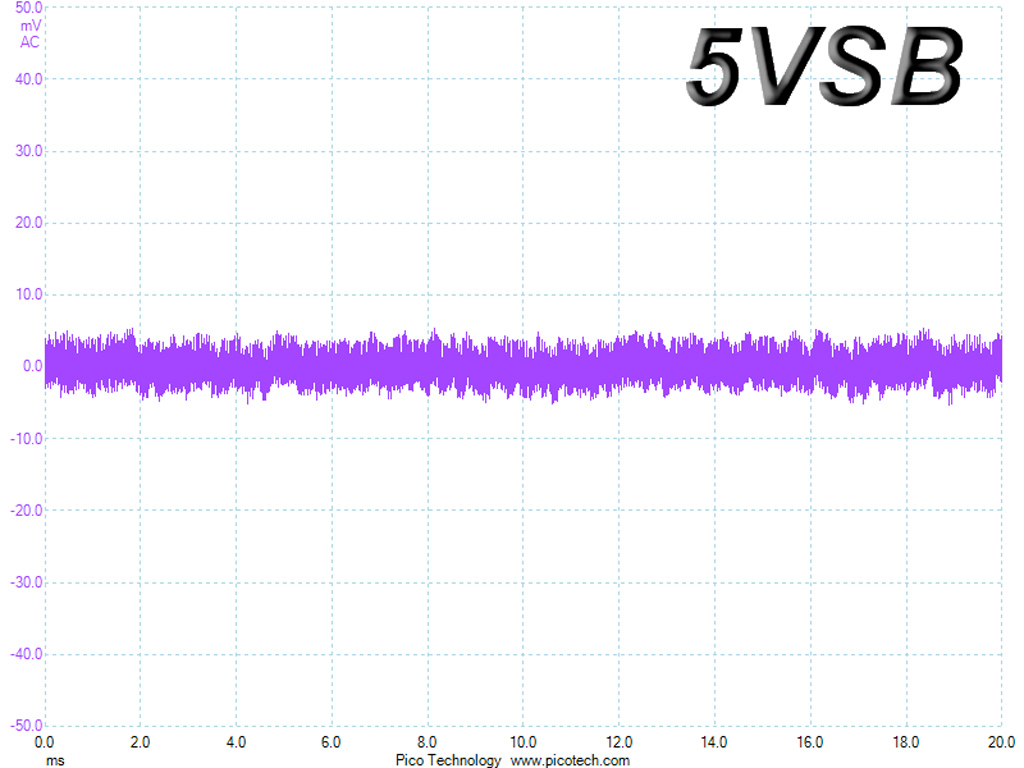
Ripple At Cross-Load 2
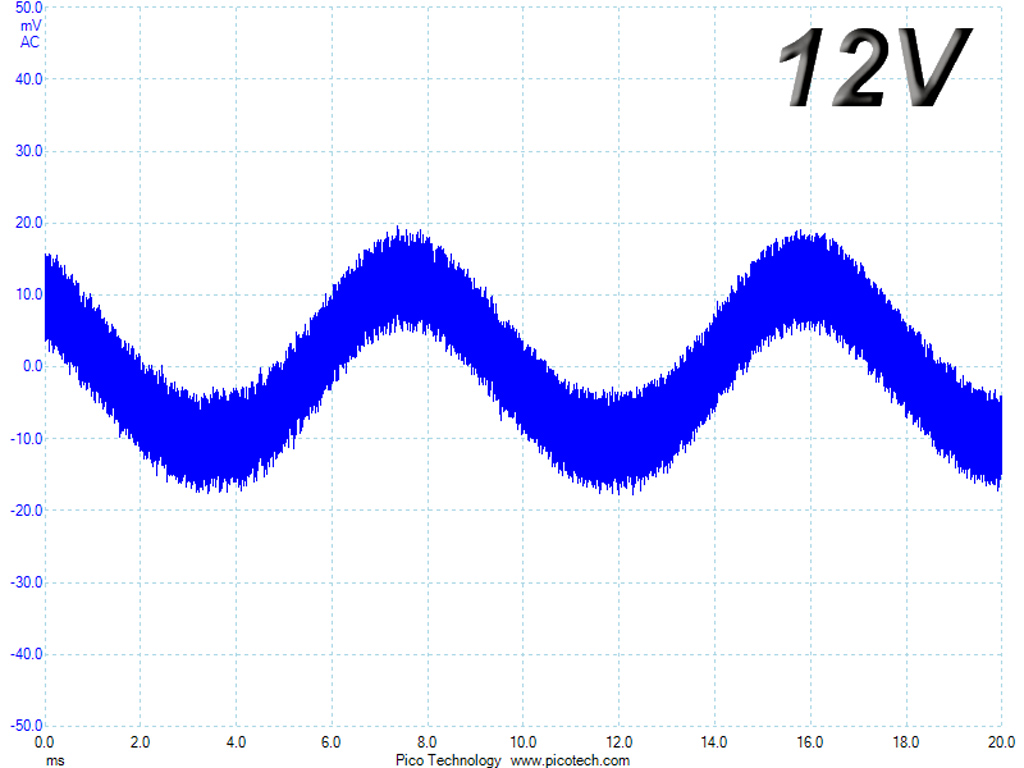


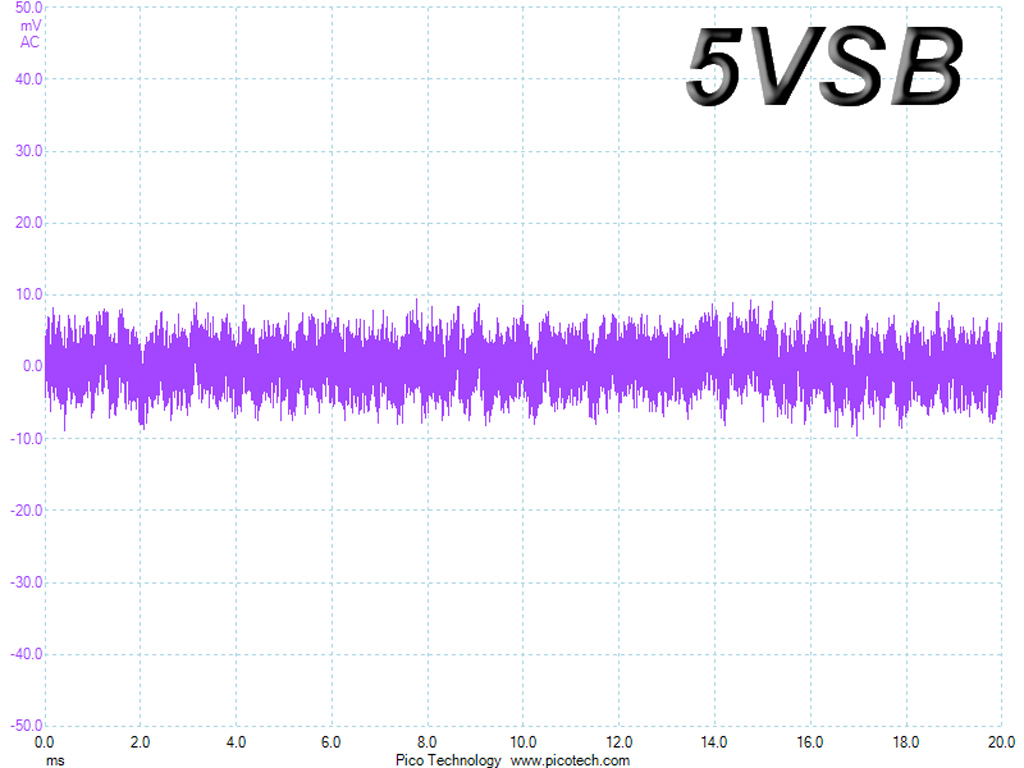
Get Tom's Hardware's best news and in-depth reviews, straight to your inbox.
Current page: Ripple Measurements
Prev Page Transient Response Tests Next Page Performance, Performance Per Dollar, Noise and Efficiency Ratings
Aris Mpitziopoulos is a contributing editor at Tom's Hardware, covering PSUs.
-
powernod ReplyDo Hydro PSUs work underwater?
Yeah, they have to work underwater in order to camouflage themselves from Corsair's (PSUs) who dominate the water's surface!! :p
Or to pass through the Seasonic wall !!:lol:
ONTOPIC: Decent PSU from FSP, but only just decent!!
-
Aris_Mp it is hard to enter the US markets with Corsair and EVGA throwing one model after the other and in very competitive prices, however more variation is always welcome. If they lower significantly the price tags on these models then their marketing career will be easier.Reply
-
Dark Lord of Tech Hard to penetrate the EVGA lineups with their great prices on the higher end units. These need to be lowered to sell.Reply -
turkey3_scratch Is there any reason the 3.3V rail shows strange behavior when crossloading? Not that it's bad or anything, but in CL1 with heavy load on the 3.3V rail, the voltage is about 0.10V higher than CL2, where the 3.3V rail has minimal load, and voltage is typically higher.Reply -
turkey3_scratch Okay, just finished reading the review. Besides the disappointing transient response of this unit, and the failure to meet hold-up time, this is a good unit. But the price needs to drop to about $60 IMO if it wants to compete well. Currently it's priced the same as the Hydro G 650W, and the Hydro G is a no-brainer choice over this unit.Reply
It also concerns me a bit that the 5V rail voltage goes to 4.79V in your second transient response test at 50% load. This is all around also a bit disappointing, but it's not a very realistic transient load (unlike 12V which happens always while gaming), but I like the Japanese capacitors, the load regulation is fine, the crossload graphs all show good results; sometimes a lot of units screw up on those. It's nice to be able to see those different load patterns, something other reviewers should try to adopt. Ripple was very nice. -
joz ReplyHard to penetrate the EVGA lineups with their great prices on the higher end units. These need to be lowered to sell.
G2 is love, G2 is life. (G2 550W, about...eight of them....) -
basroil FSP almost had an excellent PSU until they screwed up big time on the transient response. Looks like the EVGA G2/ SuperFlower Leadex Gold is still king of the inexpensive PSUsReply -
Flying-Q Please stop referring to quality PSUs with low wattage as 'entry 'level' (in the article subtitle).Reply
Entry Level (adjective)
(of a product) suitable for a beginner or first-time user; basic.
"entry-level computers"
'Entry level' usually implies smaller feature set. In this instance the feature set of each of the models is the same other than the power output. Current generation computers need less power due to greater efficiency inherent in more recent designs of components. -
turkey3_scratch Reply17768395 said:FSP almost had an excellent PSU until they screwed up big time on the transient response. Looks like the EVGA G2/ SuperFlower Leadex Gold is still king of the inexpensive PSUs
I would like other testing sites to start adopting these tests, like Jonnyguru. I wonder how many units that normally pass stuff would fail.
Another funny thing is FSP just wrote a blog about the importance of transient response. :P
But also, a 3.3V transient response just doesn't happen in 2016, probably never will. A 5V one is also less common. -
basroil Reply17769266 said:But also, a 3.3V transient response just doesn't happen in 2016, probably never will. A 5V one is also less common.
ATX loading specs state a 9A transient on 12V (and 5V might have been there). Considering most modern PSUs are 12V only and then DC-DC for 3.3 and 5V, 12V transients are going to end up affecting the 5v and 3.3V lines too.